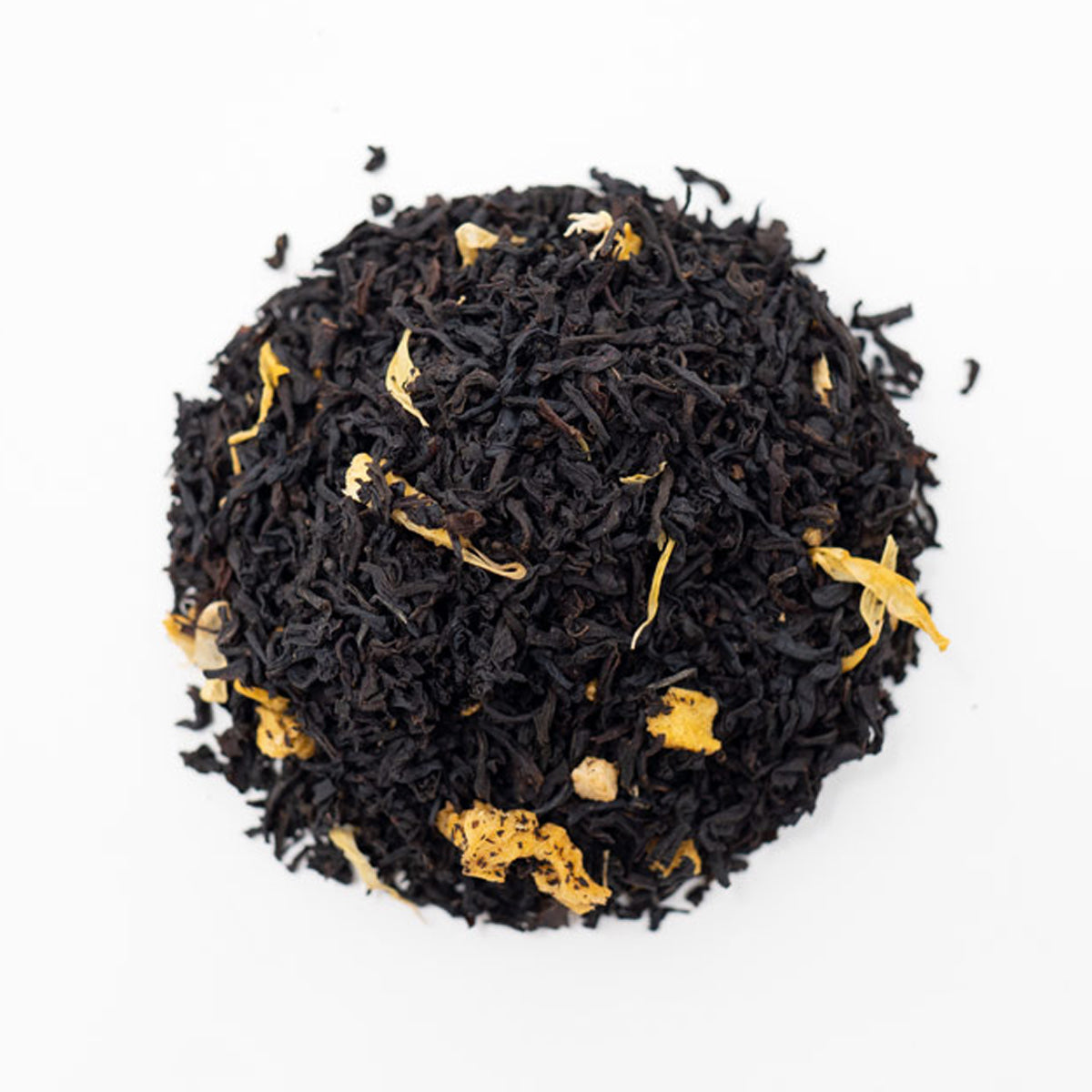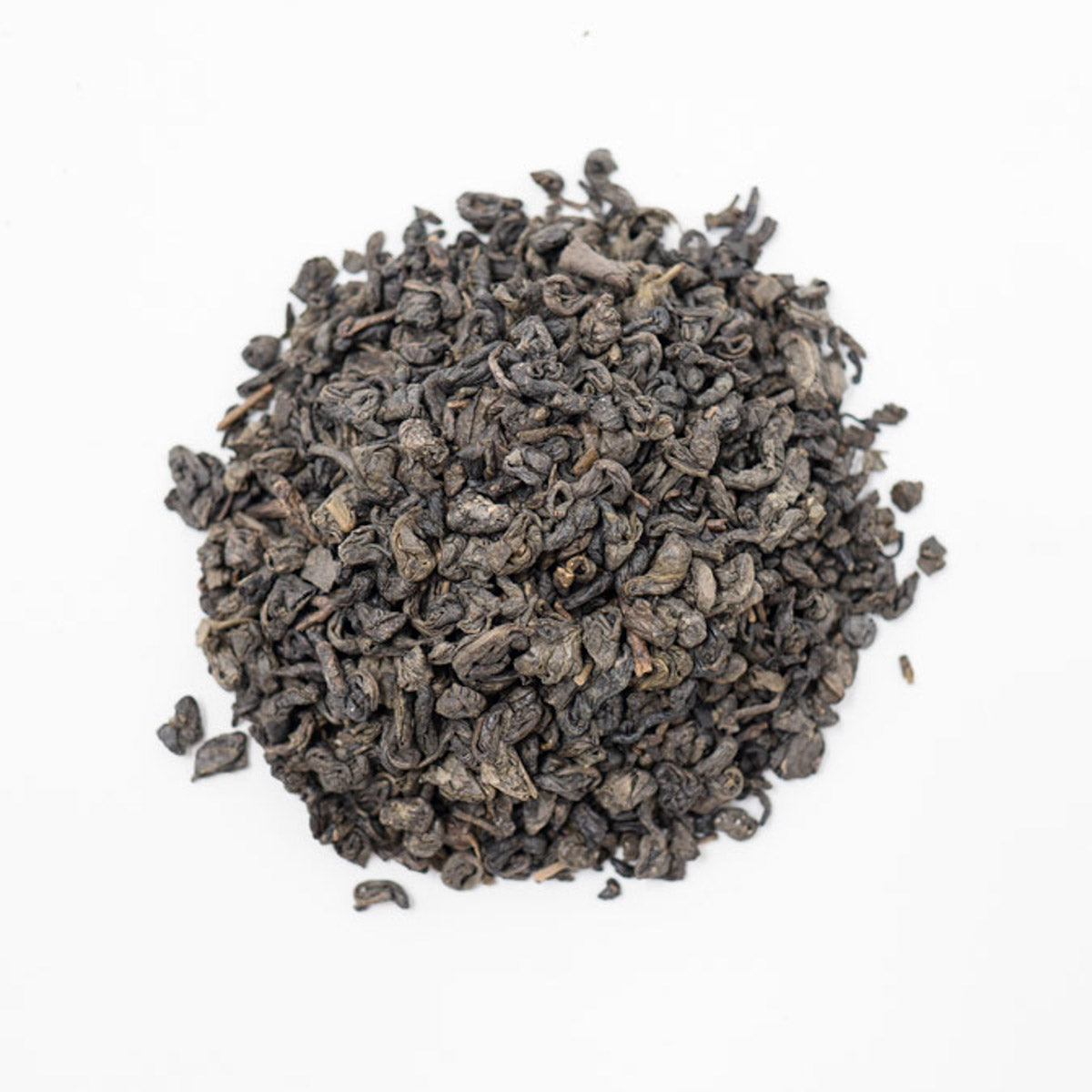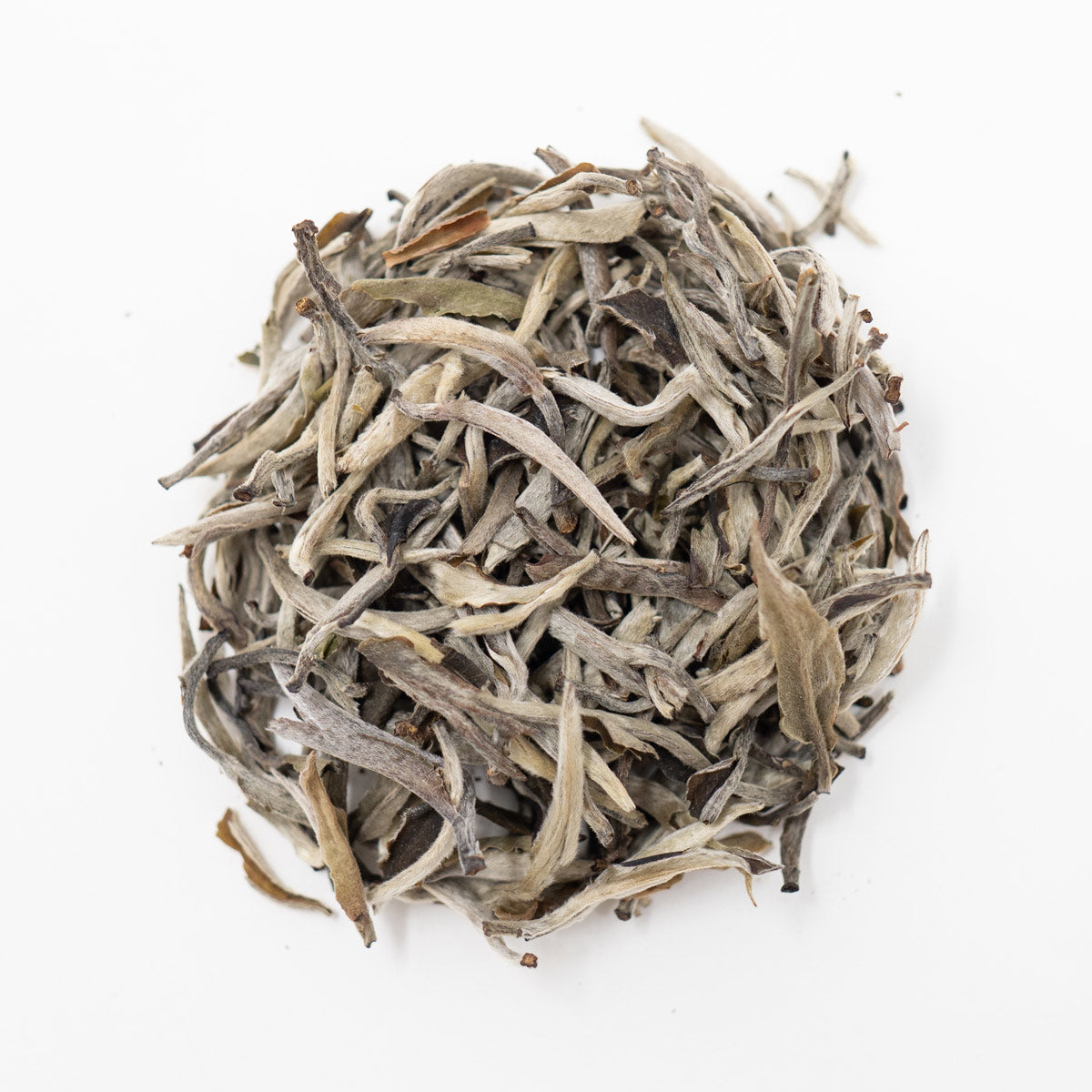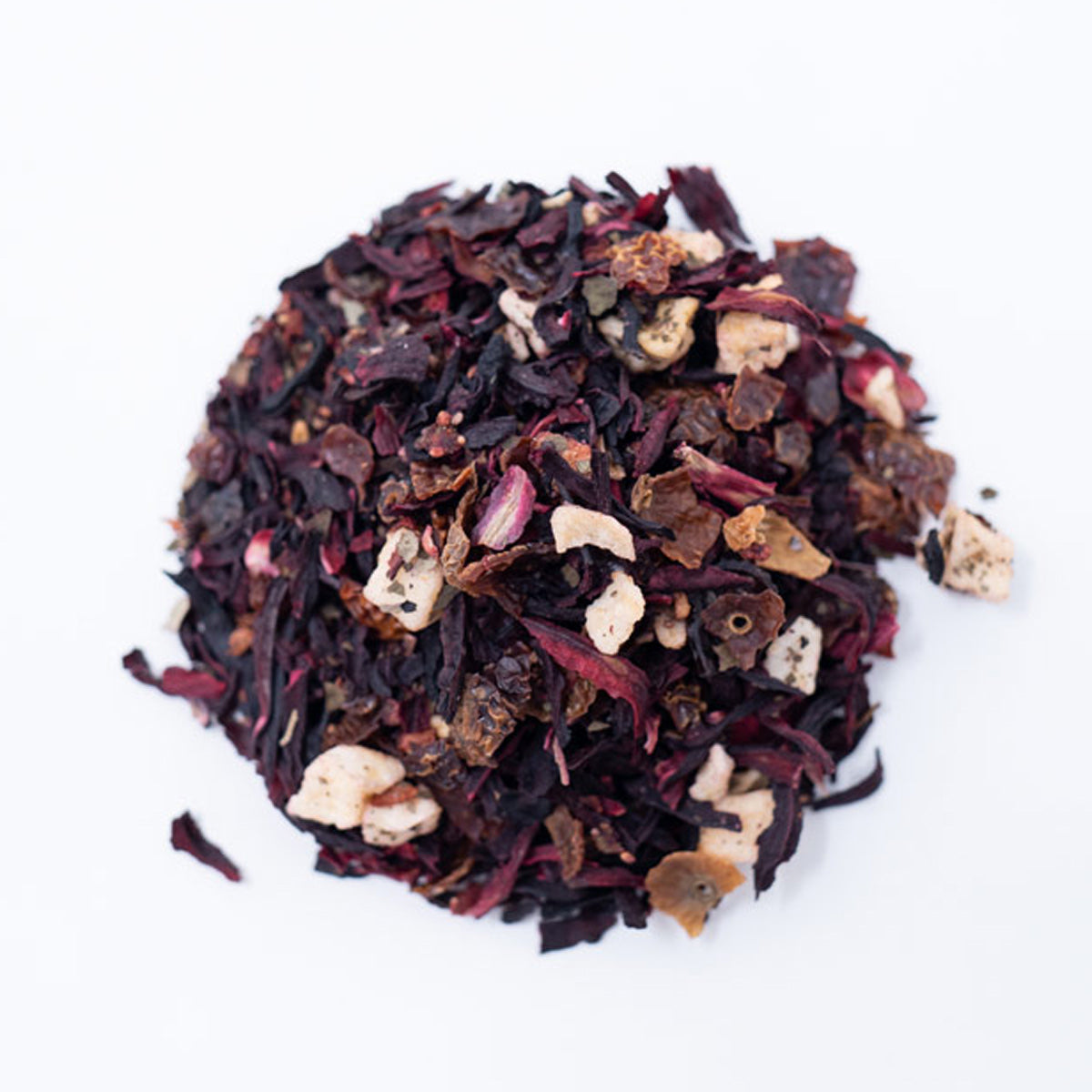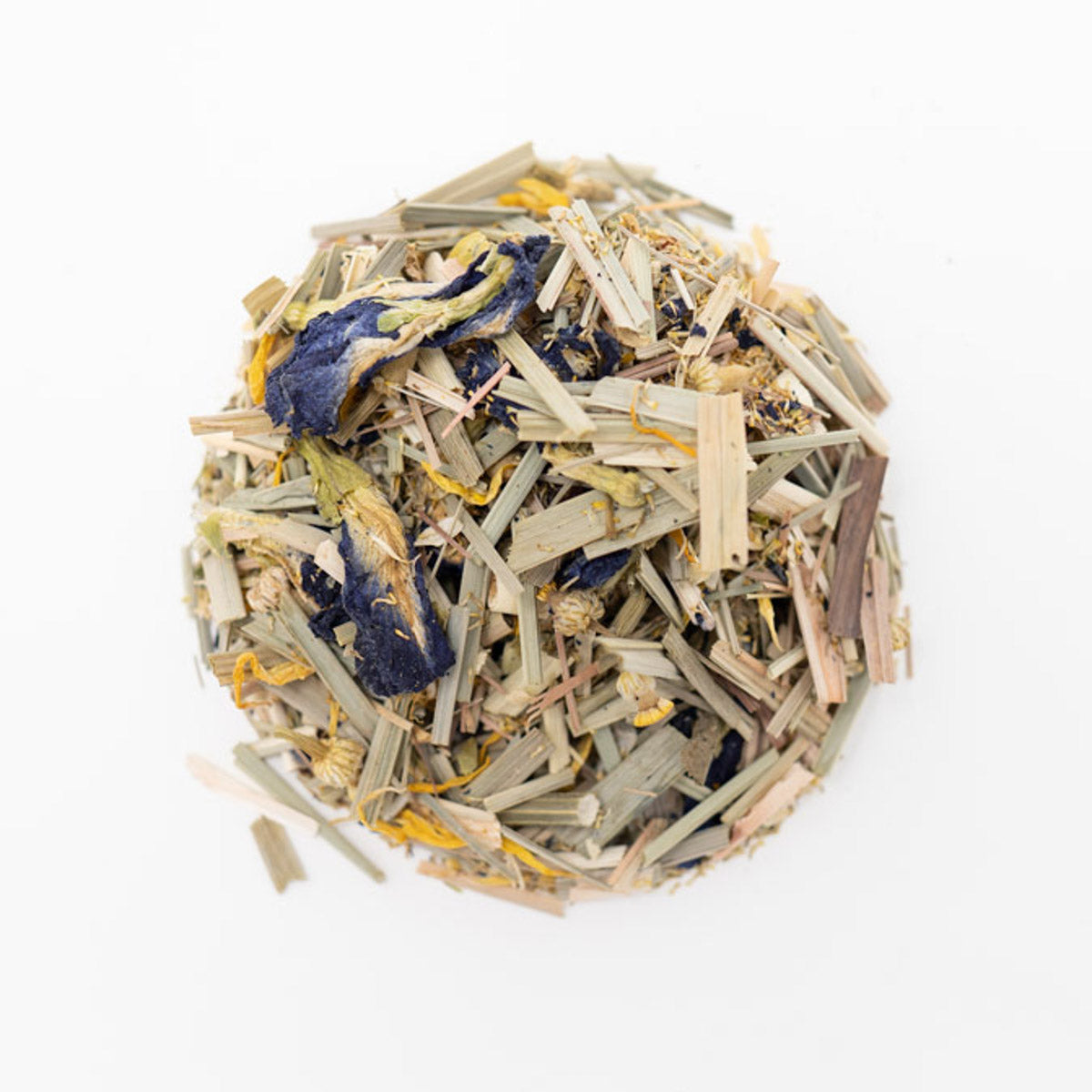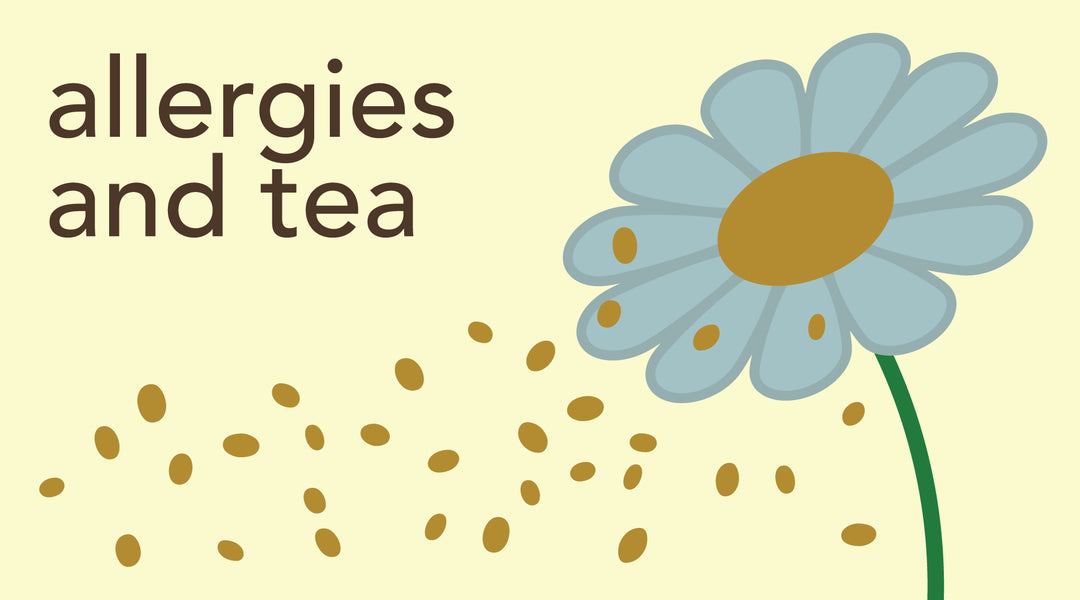Seven Interesting Peppermint Facts You Probably Didn't Know
When I started writing about peppermint, I wasn't all that interested in the topic. But as I discovered more and more about it, I got more and more interested. So much so that now I want to grow mint in my backyard. I knew it was an herb and that it was great for tea. I also knew that it had menthol, which gives it the flavor we all know as minty. But there's much more to this little herb. Like how it's a natural hybrid of watermint and spearmint and that some mint hybrids happen naturally. Mint can grow like crazy underground. The roots start extending, and before you know it, it has a life of its own. If I do grow it at home, I'll have to make sure I have enough space. Here are some fun facts I found to be quite interesting.
1) The history of mint goes back to ancient times
Mint has a long history. Ancient people would grow it and use it for food and medicinal purposes. Many believe that it originated in Northern Africa and gets its name from Greek mythology. We'll come to that story in a moment. Archeologists found mint that had been dried 3000 years ago in the Egyptian pyramids. They used it to extract the oils. Maybe the Egyptians invited essential oils. There are historical records of Romans using mint with special dishes for large feasts and would even use them to braid festive crowns.
2) Mint has a dramatic legend with a weird ending
I did not expect something so common as mint to have such a dramatic story behind it. According to Greek mythology, mint got its name because Hades was having an affair with a nymph named Minthe. When his wife found out about his infidelity, she became enraged and determined to humiliate her. She cursed her and turned her into a common plant that would grow like a weed and would always be stepped on. Hades found the curse to be too harsh, so he changed the curse to soften it. He left her a weed but gave her a sweet scent with cooling and calming effects. These would serve as a reminder to others of her presence while they stepped all over her.
3) Most of it is grown in the U.S.
Currently, the U.S. produces 70% of the world's mint. Maybe it's because it's easy to grow, and as the number of people seeking natural ways to improve health, the U.S. supply has grown.
4) You can make tea from fresh or dry leaves
The processing steps for dry loose-leaf tea are pretty simple. You can make mint tea using fresh leaves. If you have fresh mint, you can put it in a cup and pour hot water over it. Steep it for a few minutes and enjoy. For more traditional tea from dry leaves, the leaves are harvested, washed, and dried in a dark, cool place. Once they are dry, only the leaves are crushed and packaged to be sold.
5) Peppermint tea lasts a long time
Peppermint tea can last a long time as long as it's stored in an air-tight container. If it's not stored in an air-tight container, it's likely to lose its aroma and flavor very quickly.
6) It's used to promote good health
People use mint for many health-promoting reasons, but there isn't enough scientific evidence to support these uses. People use it for ailments like indigestion, tension, headache, anxiety, and more. Also, peppermint can react with certain medications. Talk to a doctor before adding or changing any supplement.
7) Peppermint tea is pretty good by itself, but why not add it to other teas?
This one wasn't new to me. Now I may have to taste each tea because I have a new curiosity about mint and how it's mixed with other flavors.
Shop our teas with peppermint
Relaxing Mint Chamomile – Chamomile flowers, Peppermint, lavender flowers
Afternoon Calm - Orange, Hibiscus, Rooibos Tea, Peppermint Leaves, Licorice, Lemon Balm, Lavender, Passion Flowers, Milk Thistle, & Marigold Flowers
Get Well Now Green - Green Tea, Peppermint Leaves, Ginger, Licorice, Cardamom, Fennel, Marigold Flowers, Black Peppercorn & Cloves
And Relaxation Comfort - Peppermint Leaves, Echinacea, Apple Pieces, Orange, Eucalyptus, Lemon Grass, Natural Orange Flavor & Juniper Berries
